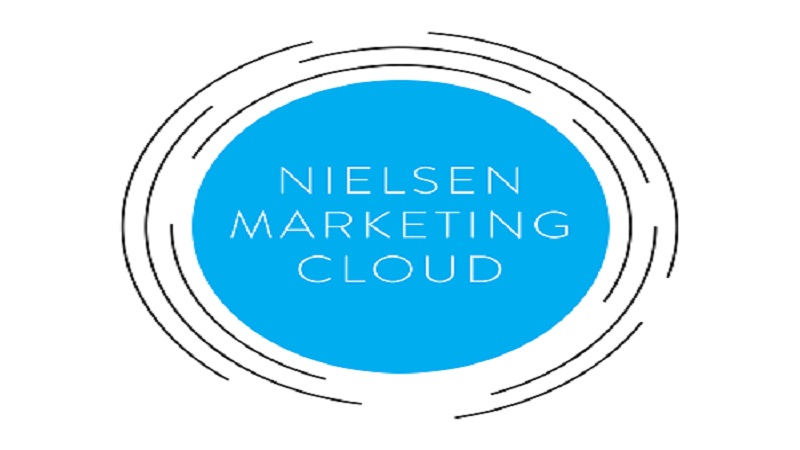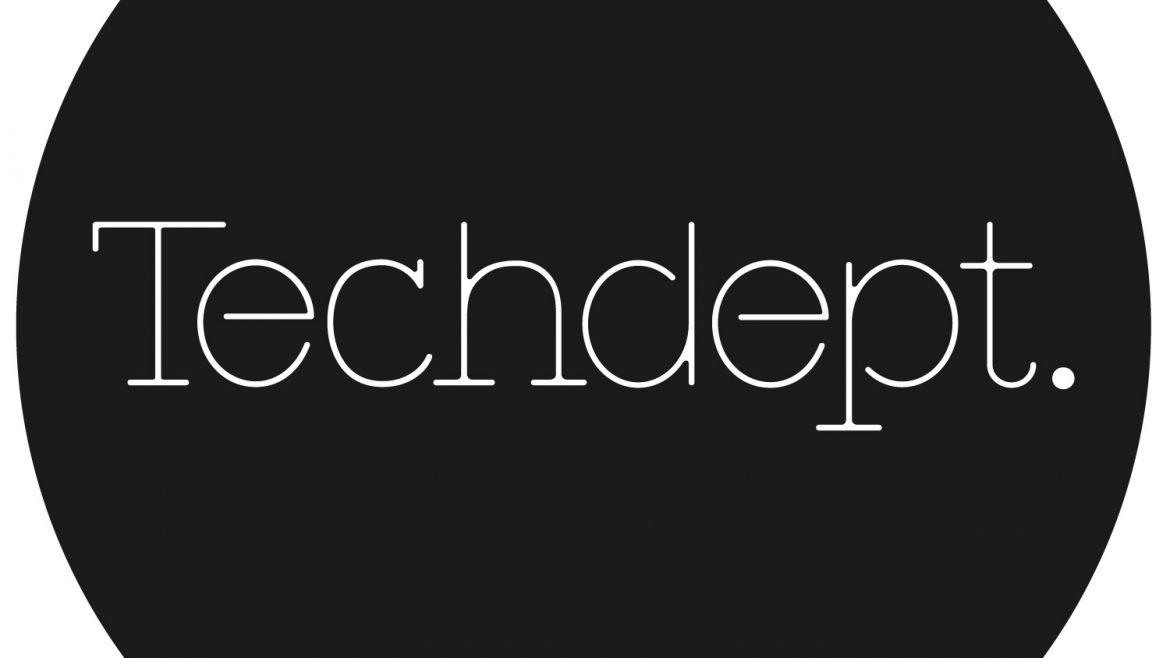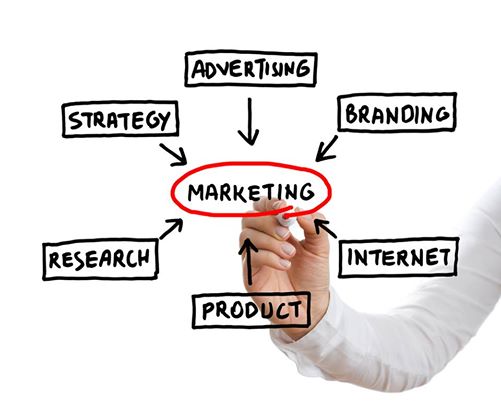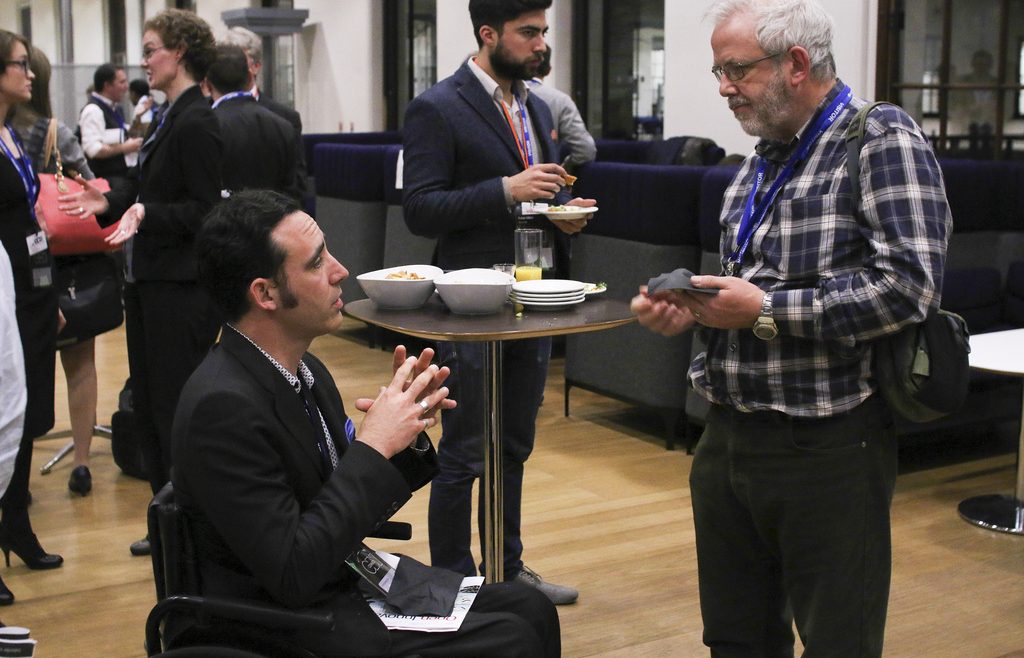Guest Blog, Cain Ullah: Building partnerships in B2B: How to get buy-in…
As an external partner in B2C, you are likely to focus on customer demand, experience and building products and/or services that they would want to use; it’s relatively straightforward. However, the challenges in the B2B space are different. It’s often services and systems rather than products, so business value can be more difficult to demonstrate, therefore selling the benefits and maintaining buy-in in such a partnership is often challenging. However, the rewards for success can be enormous.
Often, the biggest challenge in a B2B environment is getting stakeholder buy-in. Innovation in the B2B space requires influence from the right partners to help organisations make bold decisions around technology. Implementing a fresh approach to delivering new products and services can often mean new business practices, and having the support of the right internal stakeholders is essential in the tougher moments of initiating change. Using an empathetic approach and working collaboratively are effective tools to help your client build influence. Once stakeholder buy-in is achieved, it’s more possible to drive value beyond the project you are involved with, across the business and directly to customers. All of these elements need to be lined up to be able to reach the end goal of exceeding customer demand, creating exceptional customer experience and selling products and/or services.
WHY?
As a consultancy brought in to fix a business problem, Red Badger often sees similar issues in most enterprise-size businesses. Enterprises are simply not structured to deliver value to customers fast. By changing focus to driving value to the customer, a leaner, more collaborative and technologically bolder business model emerges.
HOW?
The most effective way to sell the benefits of change internally is to clearly illustrate a path to achieving the overall business objectives. This should be done by tackling smaller pieces of work first, drive value early and prove ROI; rather than trying to change a whole process, or replace an entire system. It’s okay to have lofty goals, but you must get there through a continuous series of small steps.
First of all, empathise with the problem, the space and the customers. You have to understand your client’s customers as well as, if not better than, they do. Collaboration with the client throughout the lifecycle of the project from the very beginning is crucial, so that you are considered part of the team.
Then, don’t over-reach. It can be perceived as arrogant and easily backfire. Identify, target and tackle problems that are achievable: small and bite-sized. Each win that you can prove translates into another example of how you are driving value to their customers and reminds more stakeholders why you are important to keep on-board. To maintain customer buy-in, you have to maintain value.
As the saying goes, speed is of the essence. If you can produce tangible results fast, buy-in is easier to uphold. Results can be marked out as helping to drive change, and, ultimately, the results will speak for themselves.
The ‘dos’ and ‘don’ts’ that every business working in B2B needs to be aware of:
- Don’t take on challenges that are too big to win.
- Do prove your value throughout.
- Don’t forget that your primary focus should be on the customers; what their own end goals are not yours.
- Do help them to be bold with technology rather than relying on the ‘enterprise’ solution.
- Do have empathy for your client and understand their internal challenges.
- Do have a level of pragmatism. Don’t be too dogmatic. When dealing with organisational change, you have to pick your battles.
Cain Ullah is a founder of Red Badger, with responsibilities including; strategy, culture, sales and marketing. He is extremely proud of Red Badger’s people and is focused on scaling quality and a lovely culture in the team.










